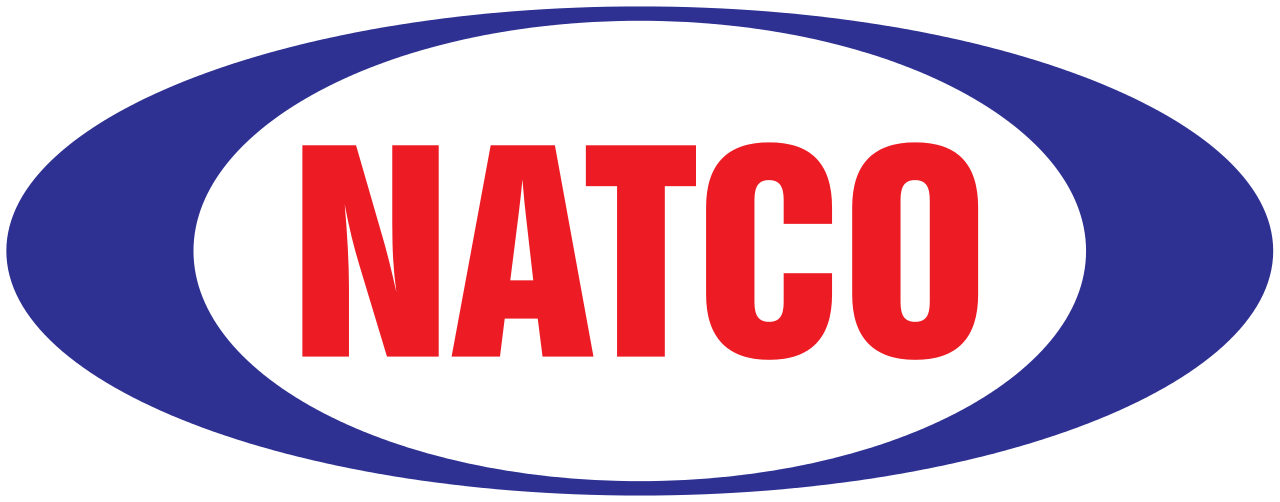COMPANY DISCLAIMER
Melon Globalcare are prominent exporters, wholesalers, and traders of Anti-Cancer and HIV Medicines. These products are acclaimed because of their accurate composition, excellent purity, easy to use, and longer shelf life. At the core of Melon Globalcare, we have a team of hardworking, passionate and professional workers. Our teams add extra efforts and courage to deliver excellent solution in work. They are self-motivated to set a new benchmark and to achieve perfection in their work. We can fulfil the need of bulk orders as we have a strong support of our vendors.
INTRODUCTION
COVID-19 has upended clinical trials. Across the world enrollment is down and supply logistics are unstable and new virtual business processes emerge. The instability is shining a bright light on clinical trial supply management, exposing what is working and the clear, undeniable weaknesses. Unfortunately, the familiar manual processes and the usual customer-individual approaches to clinical trial supply management (CTSM) are proving difficult to maintain.
The gaps in CTSM are impossible to ignore in a world eagerly awaiting new medical treatments. An exciting positive is that heightened awareness could usher in a better option.
Similar to the industry 4.0 efforts on the manufacturing side, efforts to create a next-generation clinical trial supply chain are not only possible, but required and already underway. Life science leaders are building a consortium to shape the future of clinical supplies operations and develop industry best practices. The goal is to improve key clinical supplies processes for the life sciences industry, like clinical supplies cycle time, transparency into the demand and dispensation of clinical supplies, reduction of materials going to waste and higher process automation to reduce effort and cost.
Built on advanced intelligent technologies, the next-generation CTSM solution merges cloud capabilities, deployment flexibility and an integrated demand forecast with modern manufacturing, packaging, labeling, and supply chain functionalities to benefit from innovations on the commercial side also for clinical supplies processes. Combining these technologies means that stakeholders can base their supply and demand decisions on clinical trial parameters such as planned and active enrollment rates, shelf life, clinical site replenishment algorithms and capacity and logistics constraints.
Within the consortium’s vision, a CTSM built on today’s most advanced technologies can help address these five clinical trial supply chain main points.
Industry dilemma 1: Lack of transparency increases costs and hinders collaboration.
A CTSM industry solution ensures much-needed transparency that will:
1. Provide end-to-end insight into supplies demand and ensures optimal amount of stock at site.
2. Assess the speed of planned enrollment and length of each individual treatment to plan for supplies needed in countries and clinical sites where clinical trials will be conducted.
3. Support comparisons of planned versus actual enrollment and learnings from earlier clinical trial stages or other clinical trials to improve supplies demand predictions.
4. Track clinical supplies from source to clinical site with accurate, trustworthy data to ensure optimal patient treatment.
5. Improve collaboration with external partners and all stakeholders by enabling real-time data exchange for supply chain visibility.
Industry dilemma 2: Inflexible business processes make it difficult to fulfill clinical supplies needs
A highly flexible CTSM industry solution will:
1. Address future clinical supplies business needs and accommodate various types of clinical trials.
2. Facilitate master data set-up.
3. Lower integration effort.
4. Increase collaboration with other clinical trial stakeholders.
5. Reduce supply cycle times from manufacturing to patient to help accommodate new business processes.
Industry dilemma 3: Stock overages lead to increased costs and waste.
A CTSM industry solution will minimize stock overages and labor cost as it:
1. Reduces unnecessarily high inventory levels through more accurate planning.
2. Reduces supplies overage/buffers through avoidance of static reservations per trials and pooling of supplies.
3. Leverages additional sources of information to apply up-front knowledge, for example from treatment and dispensing insights, from in-transit stock, from planned/in-process orders, and from IoT clinical supplies tracking.
4. Enables cross-trial planning and planning on API/substance level.
5. Minimizes manual recall, re-label and reconciliation efforts.
Industry dilemma 4: High cost of ownership prevents innovation.
A CTSM industry solution will reduce total cost of ownership as it:
1. Leverages innovations from a commercial intelligent suite.
2. Eliminates error-prone manual processes and reduces complexity.
3. Introduces a more cost-effective option than customer-individual CTSM approaches.
4. Ensures latest technology advancements through planned and continuous software release cycles.
5. Harmonizes the corporate system landscape.
Industry dilemma 5: Non-compliance risks can prevent drug treatments from entering market.
To reduce non-compliance risks, a CTSM industry solution will:
1. Support drug accountability and automated reconciliation processes.
2. Enforce process compliance.
3. Stay up to date with statutory and regulatory requirements.
4. Share best practices across all stakeholders.
An integrated, proactive CTSM solution can greatly improve the management of clinical supplies, while addressing the special needs for blinding, collaboration and tracking of supplies in a clinical trial setting. When analytics, intelligent data management, and an integrated information flow logic beyond corporate boundaries are coming together. Supply chain stakeholders can make smarter decisions about manufacturing, packaging, and delivering clinical trial materials across the globe.
The time is ripe for improving clinical supplies operations and processes that no longer serve today’s life sciences industry’s needs.












